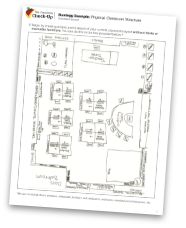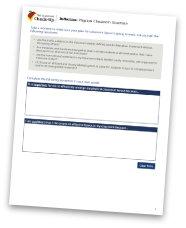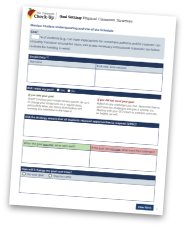Strategy: Physical Classroom Structure
Check-Up Menu > Physical Classroom Structure
Effective physical layout of the classroom promotes positive teacher-student interactions, assists with smooth transitions, and prevents disruptive behavior.
How To

Strategy Tool

Reflection

Goal Setting
Now that you have created a new physical classroom structure using the tool, set a few goals to help you determine whether or not the structure produces the results you want. Your goal for day one of implementation may be different than your goal for day 2, 3, or 4. Most importantly, try to set goals that are realistic.
For example, a goal for day one should not be, “Students can find and access all instructional materials,” but perhaps that could be your goal for week 2.
A few questions to consider when setting goals for your physical classroom structure:
- Do my students understand the reason for the new structure?
- How often do I refer to the classroom movement expectations?
- Do I reinforce the expectations for movement in the classroom?
- Has the physical structure reduced confusion and/or disruptions?

References to Other Relevant Resources:
Reinke, W. M., Herman, K. C., & Sprick, R. (2011). Motivational interviewing for effective classroom management: The classroom check-up. New York, NY: Guilford Press.


